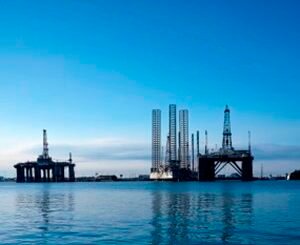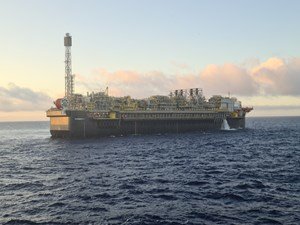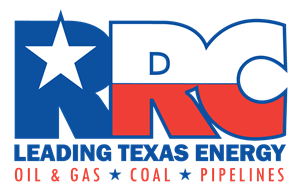Aker Solutions has successfully installed an autonomous drone system on Aker BP’s Edvard Grieg platform in the North Sea, enabling frequent, remote inspections from shore.
the Edvard Grieg platform, offshore North Sea
The company recently completed the first offshore beyond-visual-line-of-sight (BVLOS) drone operation, piloted from its onshore control center in Stavanger. The inspection flight was carried out using an installed drone on Aker BP’s Edvard Grieg platform.
The drone is equipped with autonomous navigation capabilities and advanced sensors, collecting high-resolution imagery and data during its inspection rounds. The flight marks a major step toward fully autonomous offshore inspections.
“We believe autonomous drones will revolutionize how inspection and maintenance are performed in the energy industry,” said Anja Dyb, SVP Life Cycle Services, Aker Solutions. “Permanently deploying a drone on an oil platform — combined with robotics, AI, and digital technologies takes offshore maintenance to a new level, improving safety, reducing costs, and increasing efficiency across offshore asset management.”
The drone system on Edvard Grieg includes a drone docking station offshore and supporting infrastructure. Aker Solutions has also developed software systems and set up an onshore control room. The solution includes airspace and AIS monitoring, two-way communication with the Helicopter Landing Officer (HLO) aviation management, and platform leadership.
“Aker BP’s operational strategy is based on the assumption that robotics and drones will be an integral part of observation, inspection and task executions offshore,” said Thomas Øvretveit, Director of Operations at Aker BP. “These technologies will operate autonomously or remotely, either on-site or from land. The successful remote-controlled offshore drone operation at the Edvard Grieg platform, executed by Aker Solutions, is an important milestone for Aker BP as well.”
Autonomous drones, combined with AI-powered analytics, make it possible to perform frequent and highly accurate inspections. The drone takes consistent, precisely positioned images and videos, allowing for regular monitoring of equipment over time. This enables faster detection of wear, corrosion, and other issues — so maintenance can take place before problems grow.
“We estimate that autonomous drones can reduce inspection costs by up to 70% and deliver detailed insights within hours — a process that traditionally takes days with manual drone operations,” said Joachim Hovland, Head of Drones and Robotics.
This article was originally posted at www.worldoil.com



Be the first to comment